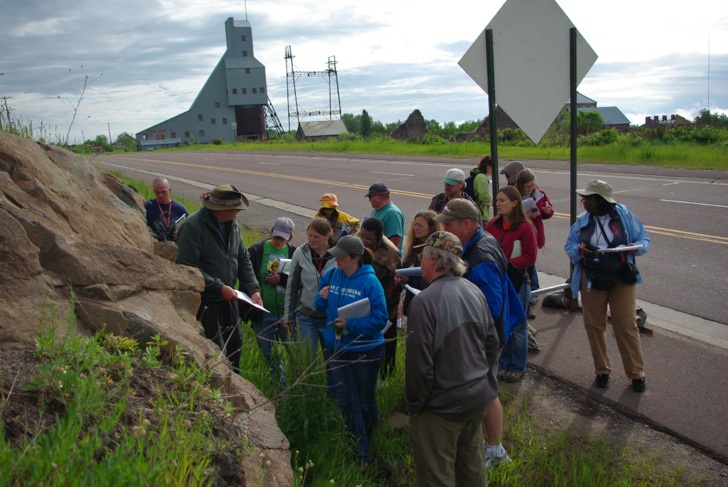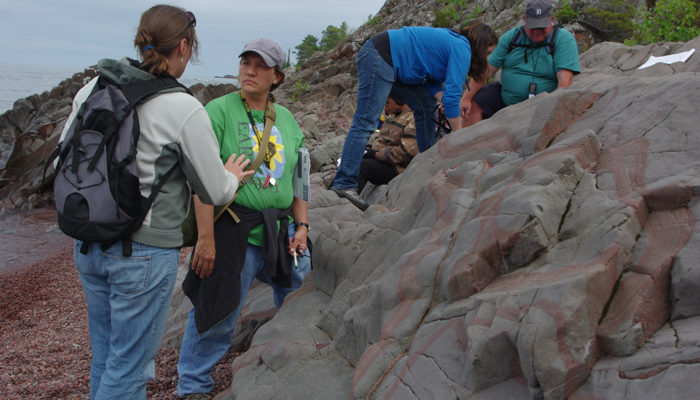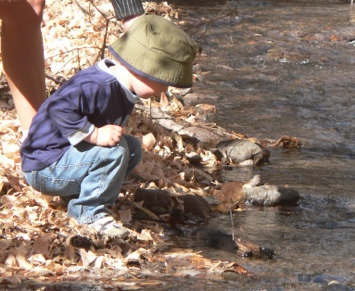

Because we believe that this communication is increasingly vital. We cite the following:
-
1.Broader Impacts of Science. Properly so, scientists are being asked to explain how the science research, usually funded by public tax dollars, impacts the world in a broad sense. They must explain this clearly before any funding is granted. This keeps our head out of the sand and provides the public an educational opportunity. Led by the US National Science Foundation, sites like this complement and hopefully reach out to schools, teachers and the whole public.
-
2.Critical Environmental issues. Science about how the Earth works is among the highest priority for a sustainable Earth--our survival. Among those now in the spotlight: Global Warming, Critical georesources for energy, materials, Natural Hazard Mitigation...
-
3.Scientific rational reasoning needs more emphasis. The principles scientists use to reach consensus are quite different from those used by most people, including politicians. We think it is more rational and would eliminate falsehoods (many perhaps unintentional, but harmful) if we use scientific reasoning for reaching consensus on how to sustain the Earth.
-
4.General ignorance about Earth Science due to US educational structure. In the US we don’t teach much Earth Science in school. Why? We do lots of math, biology, chemistry and physics, but the science of the Earth is de-emphasized even though it is directed at our most vital scientific interest---how to live with the Earth in the Anthropocene. The Earth Science Literacy Initiative is a response to this need.
6. Special places with high level of Geoheritage are important to highlight, and to represent their region, state country, continent. An international initiative about this has been made, with many brilliant examples. But North America and the US in particular, is behind.





5. Nature Deficit. “A kid today can likely tell you about the Amazon rain forest—but not about the last time he or she explored the woods in solitude, or lay in a field listening to the wind and watching the clouds move.” (Last Child in the Woods By Richard Louv). We need to especially build environmental experiences into the lives of our children before it is too late.
